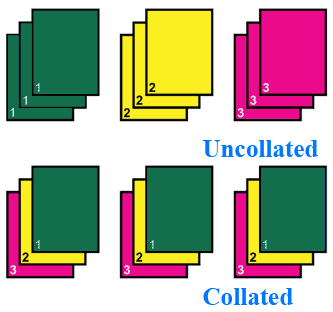The Best New Features of Android P
Google revealed the preview edition of Android P at this year’s Google I/O event. Since the operating system is still going through tests, there will be functions added and removed as the weeks’ pass. Read on to learn about the most promising features of this work in progress.
App Actions and Slices
App Actions aim to anticipate the next thing you may do on your smartphone. Actions such as beginning a workout or giving your spouse a call will appear in notification bubbles on top of the screen as suggestions for what activity it thinks you will do next. It uses machine learning techniques to predict your actions according to your usage habits. For example, if you go jogging at 7:30 am each day, your phone will suggest that you use an installed fitness app during that time.
Slices offer a smaller version of an installed app when you do a Google Search, providing you with various app functions without activating the full app. For example, if you type “I want to book a flight” in the search bar, Search will display a basic version of an installed travel app. If you type “Philippines” in the search bar, Google Search will dig through your Google Photos for related images.
These functions will not work if the developers do not implement them on your favorite apps.
App Timers and Android Dashboard
Android P comes equipped with App Timers which help you control how long you use certain apps (especially games and social media) so that it reduces the compulsive need to check the phone often. Once the time limit expires on an app, it changes the launcher icon to a grey color for the rest of the day.
In line with App Timers, the Android Dashboard shows you how long you’ve been using your phone to help you with your “digital well-being.” It keeps track of the apps you often use, how many notifications you get, and how many times you unlock the device during the day.
Android Shush and other silent modes
Android P adds a new “do not disturb” mode in the device known as Shush. Place your phone on a flat surface with the screen down. Only notifications and calls from contacts that you specify will show on-screen.
Another way to activate this feature is to push the power and volume up buttons simultaneously. There is a setting that lets you choose between placing your device in “vibrate” mode or keeping the phone quiet.
Android P also introduces Wind Down, a “do not disturb” mode that turns on a night light in dark areas. Once the device detects that it’s time for bed, Wind Down forces the screen to enter a gray-scale mode while silencing notifications and phone calls.
Battery-saving features
- Adaptive Brightness learns the apps you use and the level of light in your current location. This makes sure that the screen is not too dim or bright at all times, helping the battery last longer.
- The adaptive battery uses artificial intelligence to anticipate what apps you may use in the next hour and those you will not. This should save processing power as well as battery power as the CPU of the device will not be used often.
- App Standby Buckets groups installed apps into which ones you use more and cleverly sets aside battery power for them. This will basically cut down on device resources like the battery and the CPU according to your usage patterns.
If you need more information on how the latest version of Android and its functionalities can fit into your workplace, give us a call today!











